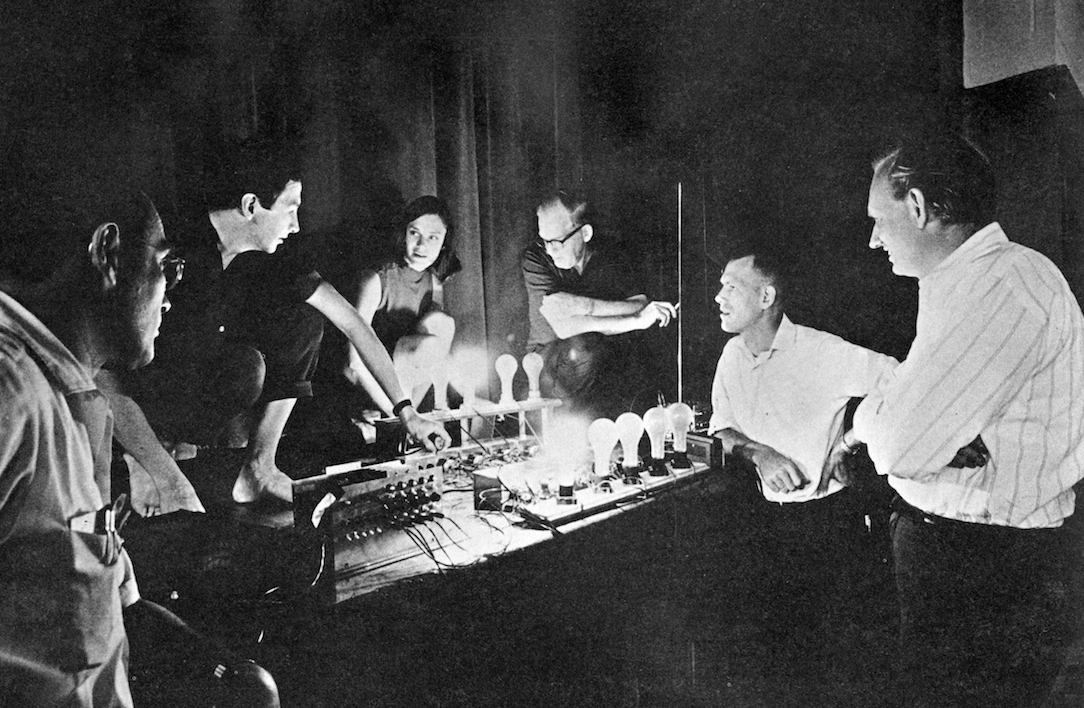Leaping Robot is WRITING!
If you check on my blog from time to time, you'll have noticed that I've slowed down with posting new entries. I'm currently writing a new book and that's been getting the majority of my attention (in addition to all the other professor-y things I do like teach classes).The new book is under contract with The MIT Press. I'm currently calling it Art Rewired: Engineering a New Creative Culture. The focus of the book is the art-and-technology movement of the "long 1960s" (a time period bracketed by Sputnik on one end and Watergate on the other). During this time, several large-scale, formal collaborations between artists, engineers, and scientists emerged.Their creative efforts burst forth from corporate laboratories, artists’ lofts, publishing houses, museum galleries, and university campuses. These experiments – I use the word deliberately – in creativity, collaboration, and publishing would, they imagined, transcend aesthetics and art making, helping to reshape public perceptions of technology and engineering.The new book will explain this sudden blossoming of interest and enthusiasm by drawing on ideas, scholarship, and research materials from art history and the histories of science and technology. The reasons for the sudden appearance (and subsequent receding) of the art and technology movement are complex. They are found neither solely in the art world nor in the expanding technological capabilities of Cold War engineers. Advocates for art and technology adopted diverse strategies – often complementary, sometimes at cross-purposes – to foster collaborations and secure resources and audiences.I have three main goals with the new project. First, while not ignoring the artists, this book restores the engineers and scientists, who were central to the era’s artistic collaborations, to the foreground. It recovers the history of the engineers who contributed time, technical expertise, and – most important – aesthetic input to their artist colleagues. Second, this book questions the verdict that the art and technology movement was a failure, either at the time or in retrospect. The ideals and ambitions of the art-technology movement, while challenged, never faded away and instead found a firm institutional footing. The effects of this are visible in today’s corporate world as companies like Apple are known for their design and aesthetic prowess, not just their engineering. Finally, I see this book as an experiment in writing history. It will bring perspectives and ideas from the histories of science and technology to a topic that has largely been the province of historians of art and new media.Every so often, I'll post something new, perhaps drawn from the new project. But, for now, I'm trying to get as much writing done as I can. Thanks for your interest.

